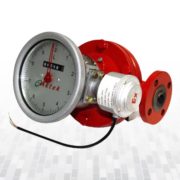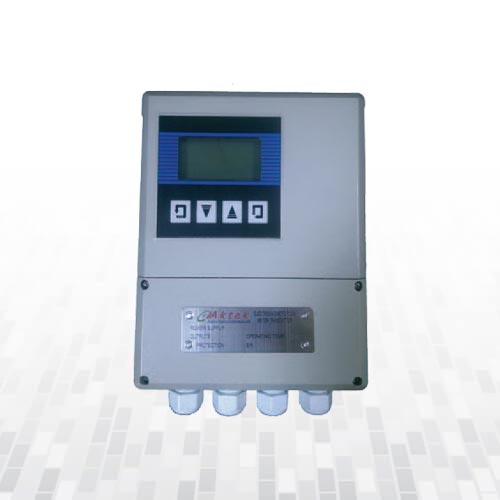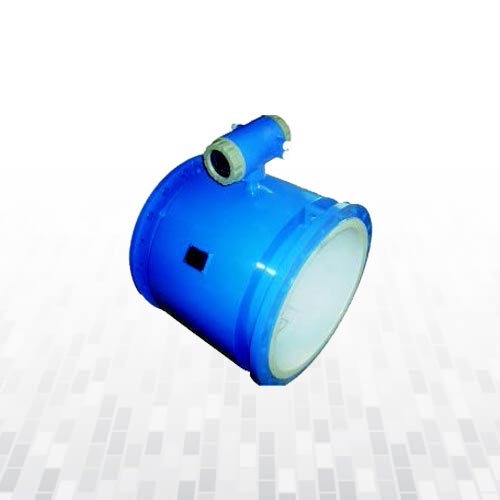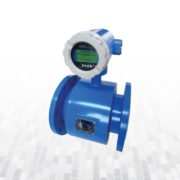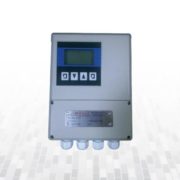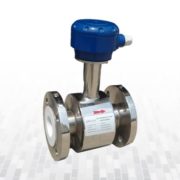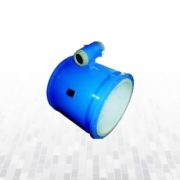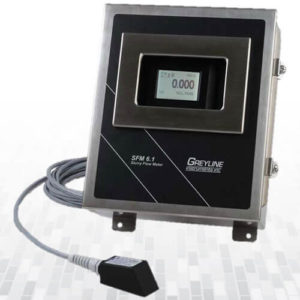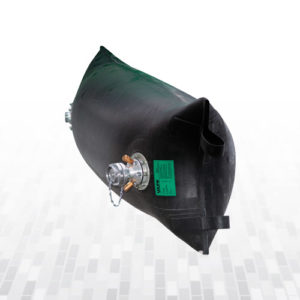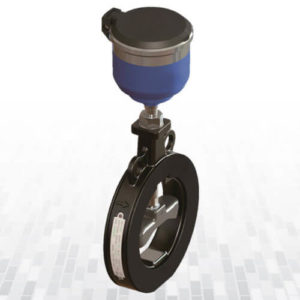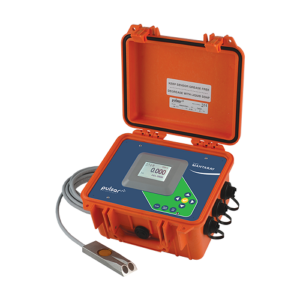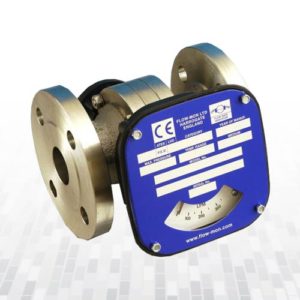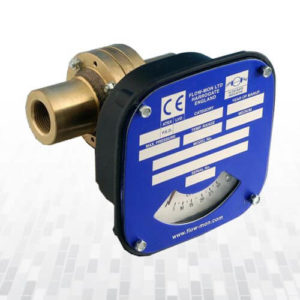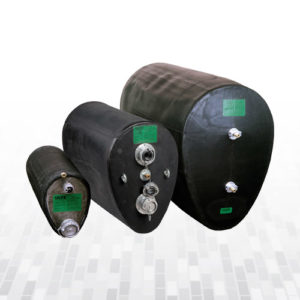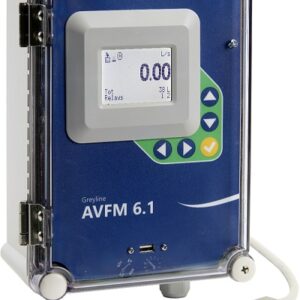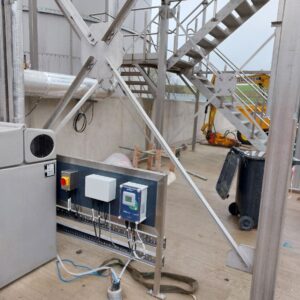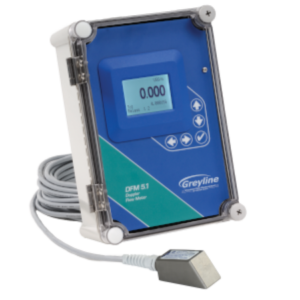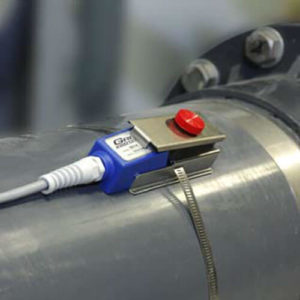Electromagnetic Flowmeter AFLO-MAG
- Measured Media Conductive fluids
- Accuracy ±0.3% or ±0.5%
- Electrical Conductivity ≥ 5 µS / cm
- Ambient Temperature – 20 … 60 °C
- Display Graphic LCD
- Protection IP65 / IP67
- Description
- Application Areas
- Specifications
- Brochure
- User’s Guide
- How It Works
Product Description
Electromagnetic Flowmeter AFLO-MAG offer reliable precise and inexpensive flow measurement on all electrically conductive liquids. Typical applications are found in all industries. E.g.:
- Water sector: Potable water, treatment of chemicals, wastewater and sludge.
- Food sector: Daily products, beer, wine, soft-drinks and fruit juices.
- Chemical sector: Detergents, pharmaceuticals, acids, alkalies.
- Other sectors: District heating, pulp and paper and mining slurries.
Its flexible and comprehensive sensor program offers a wide range of sizes, from DN3 to DN3000. Liners and measuring electrodes capable of withstanding the most extreme processes are available. Fully welded construction provides a ruggedness that suits the toughest environments.
The sensor converts the flow into an electrical voltage proportional to the velocity of the flow. The sensor is built up of a stainless steel pipe, 2 coils, 3 electrodes, an isolating liner, housing and where applicable, connection flanges.
- AFLO-MAG electromagnetic flowmeters will help you do an easier job of managing flow.
- Whether it is installation, managing operations or verifying continuous accuracy, customers rely on AFLO-MAG to improve the entire value chain of activities.
- AFLO-MAG electromagnetic flowmeters are tunable and adjustable according to your needs.
- AFLO MAG electromagnetic flowmeters are characterised by simplicity:
⇒ Simple to install
⇒ Simple to commission
⇒ Simple to operate
⇒ Simple to maintain
- Water sector: Potable water, treatment of chemicals, wastewater and sludge.
- Food sector: Daily products, beer, wine, soft-drinks and fruit juices.
- Chemical sector: Detergents, pharmaceuticals, acids, alkalies.
- Other sectors: District heating, pulp and paper and mining slurries.
Outputs
- 4 - 20 mA Standard
- Pulse Standard
- Alarm Standard
- Frequency Standard
Communication
- RS485 Standard
- RS232 Optional
- Modbus Optional
- Profibus Optional
- GPRS Optional
- HART Optional
Liner Materials
- Polytetrafluoroethylene (PTFE)
- Fluorinated Ethylene-Propylene (FEP)
- Polyurethane
- Neoprene
- Hard Rubber
Electrodes Materials
- Stainless Steel 316L
- Hastelloy B
- Hastelloy C
- Titanium Alloy
- Tantalum Alloy
- Platinum-Iridium Alloy
- Stainless Steel-Coated Wolfram Carbide
Transmitter Specifications
- Measured Media Conductive fluids
- Accuracy %±0.3 or %±0.5
- Electrical Conductivity ≥ 5 S / cm
- Ambient Temperature - 20 ... 60 °C
- Power Consumption Max. 15VA
- Flow Direction Bi-Direction
- Control Push Buttons
- Display Graphic LCD
- Protection IP65 / IP67
Sensor Specifications
- Process Connection DIN, ANSI, or Screw
- Fluid Temperature -20 ... 120 °C*
- Protection IP67 / IP68
- Measuring Tube Stainless steel
- Outer Casing Carbon Steel**
*For PTFE only
**Manufacturer Standard
Power Supply
- 85 … 250 VAC Standard
16 … 36 VDC Optional
3.6 V Lithium Battery Optional
Electromagnetic Flow Meter Quick Start
Electromagnetic Flow Meter AFLO MAG brochure
User Guide For AFLO MAG
The flow measuring principle is based on Faraday’s law of electromagnetic induction.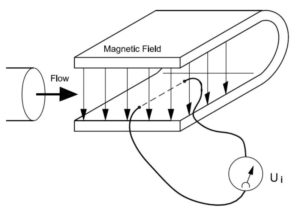
Ui = When an electrical conductor of length L is moved at velocity v, perpendicular to the lines of flux through a magnetic field of strength B, the voltage Ui is induced at the ends of the conductor
Ui = L x B x v
Ui = Induced voltage
L = Conductor length = Inner pipe diameter = k1
B = Magnetic field strength = k2
v = Velocity of conductor (media)
k = k1 x k2
Ui = k x v, the electrode signal is directly proportional to the fluid velocity


